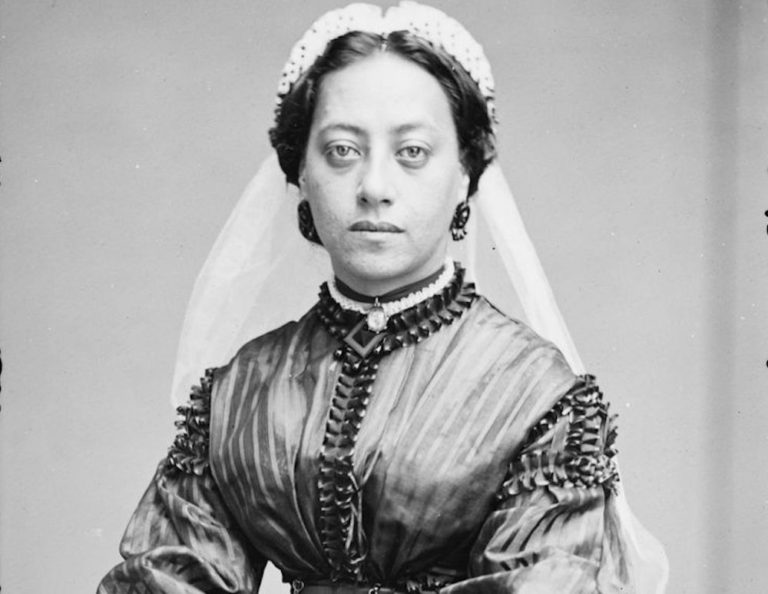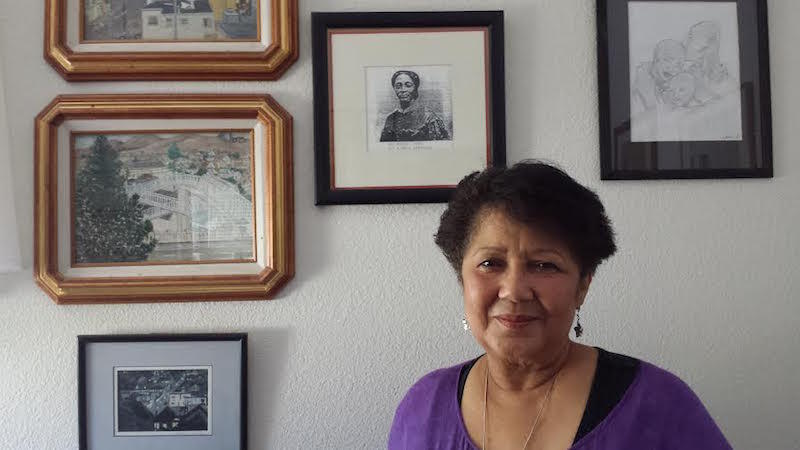The Markle effect: black women see the royal wedding as workplace inspirationPosted in Articles, Economics, Media Archive, United Kingdom, United States, Women on 2018-05-12 17:31Z by Steven |
The Markle effect: black women see the royal wedding as workplace inspiration
The Guardian
2018-05-12
Rory Carroll, Shenelle Wallace and Edward Helmore
 Prince Harry and Meghan Markle at Westminster Abbey in London on 25 April. Photograph: Eddie Mulholland/AFP/Getty Images |
As the royal wedding approaches, some are hoping it will lead to a greater acceptance of African American women in business
As final arrangements are set for the wedding of the US actor Meghan Markle to Prince Harry Windsor, hopes are mounting among some that the Markle effect will have unexpected impacts, including improving opportunities for African American women in the workplace.
“It’s exciting for black women, and I think it’s going to be inspirational,” said Camille Newman, a 38-year-old Brooklyn entrepreneur. Newman expressed deep-felt enthusiasm in the union as a symbolic marker for the acceptance of black or biracial women in society and said other women of color she knew felt the same way.
“We’re claiming her for a black woman’s right to be in there like everybody else,” she said.
One anticipated spin-off, she told the Guardian, could be the greater acceptance of black women across all sectors of society, including business. “As an entrepreneur I face so many challenges to find funding for my business. We’re going to claim her and look to her for inspiration as an African American entrepreneur,” she said…
Read the entire article here.








